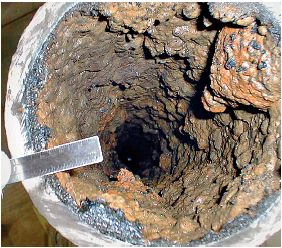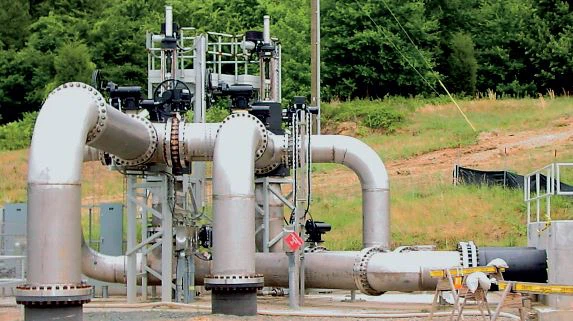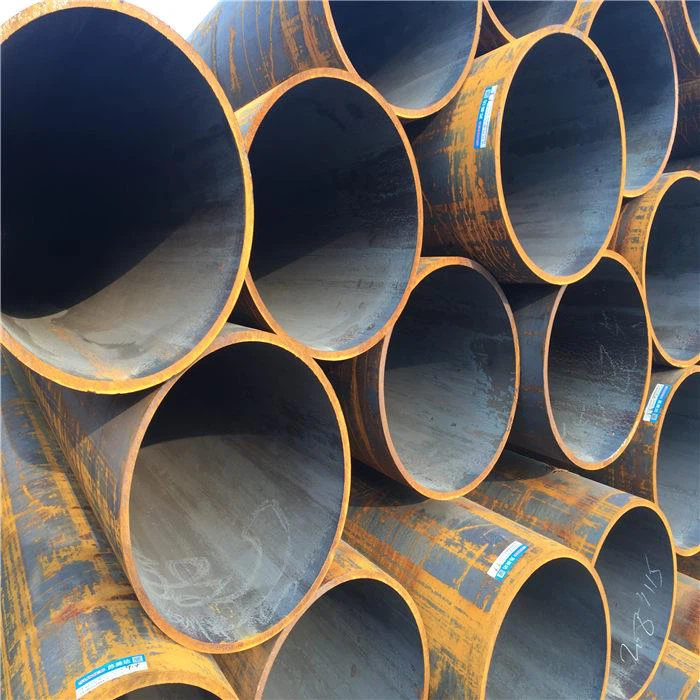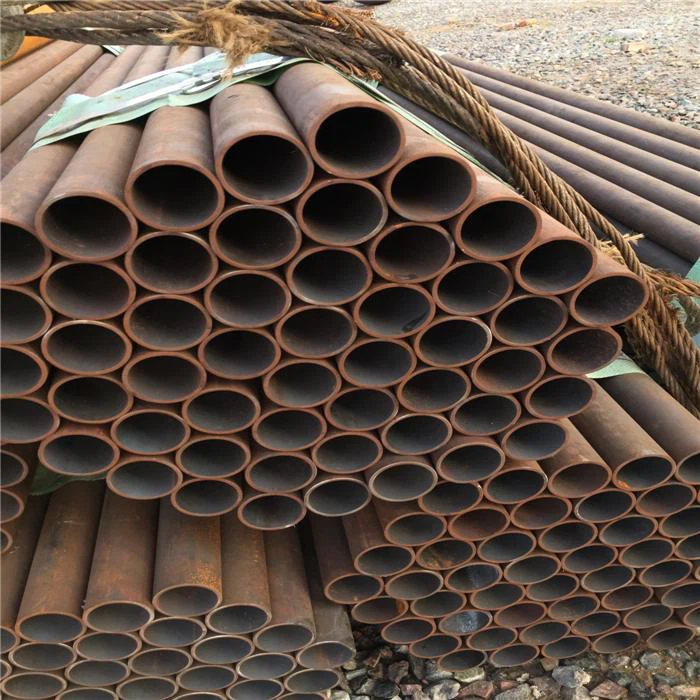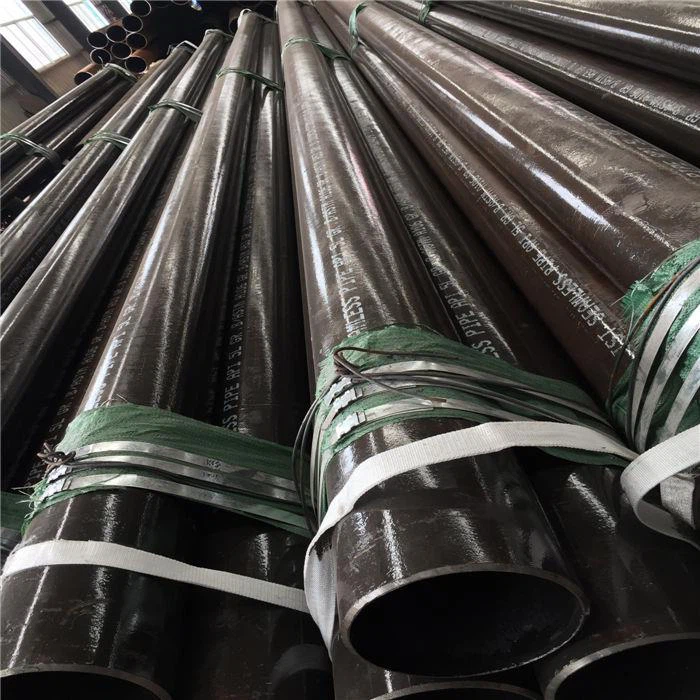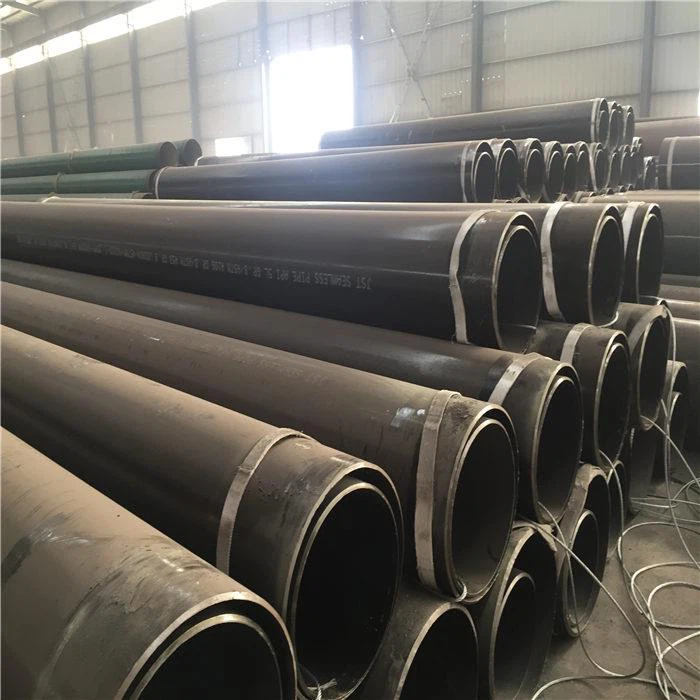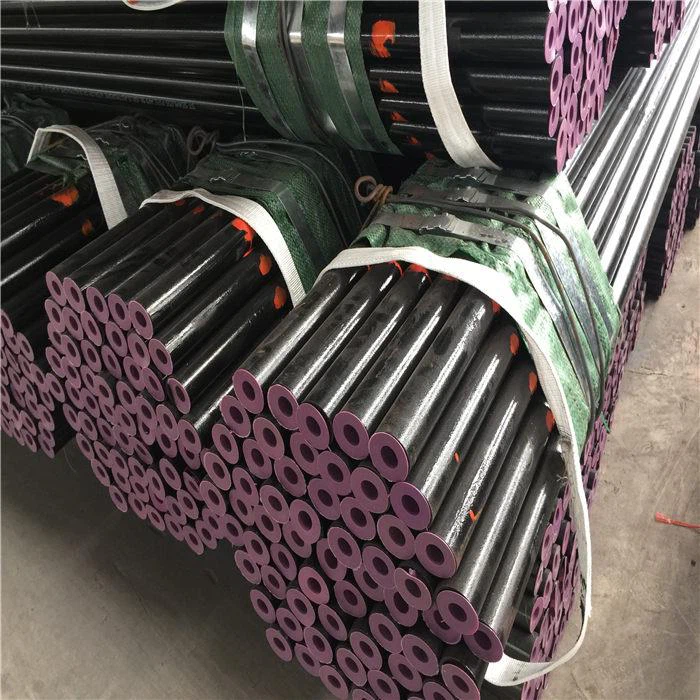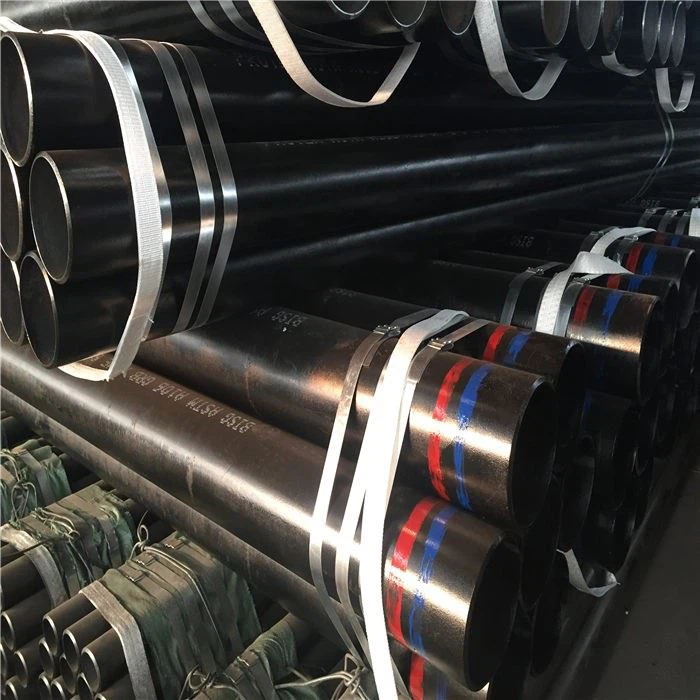Why Duplex Stainless Steel Pipes Are Used In The Cooling Water System Of Nuclear Power Plants
Why duplex stainless steel pipes are used in the cooling water system of nuclear power plants? Not some other special steel pipe?
According to the annual report of the World Nuclear Association, nuclear power generated more than 250 billion kilowatt-hours of electricity globally in 2018, accounting for 10.5 percent of the world's electricity supply. As of June 2019, there were 54 nuclear power units under construction worldwide.
Cooling water piping system is the key factor for safe operation of nuclear power plants. The complex system consists of thousands of feet of pipes, the diameter from large to small, that provide a reliable water supply for cooling the plant's equipment. There is usually a non-security level operating system and a security level emergency system. Non-safety piping systems must provide sufficient cooling water for normal cooling of nuclear power plants. The safety-level system must provide enough cooling water to keep the reactor under control and safely shut down in an emergency. Piping materials used in these systems must be resistant to cooling water corrosion throughout the life of the equipment.
Depending on the location of the plant, the type of cooling water ranges from relatively clean fresh water to contaminated seawater. As a result, the degree of corrosion of piping materials varies greatly. Experience has shown that various corrosion problems may occur as the system ages.
Most nuclear plants operating in North America used to have carbon steel piping systems, sometimes covered or lined with cement or rubber. Due to reliability issues, continuous monitoring is required and maintenance costs are high.
Stainless steel pipe has long been considered a viable option for building new water piping systems and for repairing or replacing existing carbon steel systems. The commonly used stainless steel in the pipeline upgrade scheme is 304L, 316L or 6% Mo stainless steel. The performance and price difference between 316L and 6% Mo stainless steel pipe. If the cooling medium is untreated water, highly corrosive, and carries a risk of microbial corrosion, 304L and 316L are not appropriate alternatives. As a result, the plant had to be upgraded to 6% Mo stainless steel
The successful application of 2205 duplex stainless steel can reduce maintenance costs, reduce downtime and ensure safe operation of nuclear power plants.